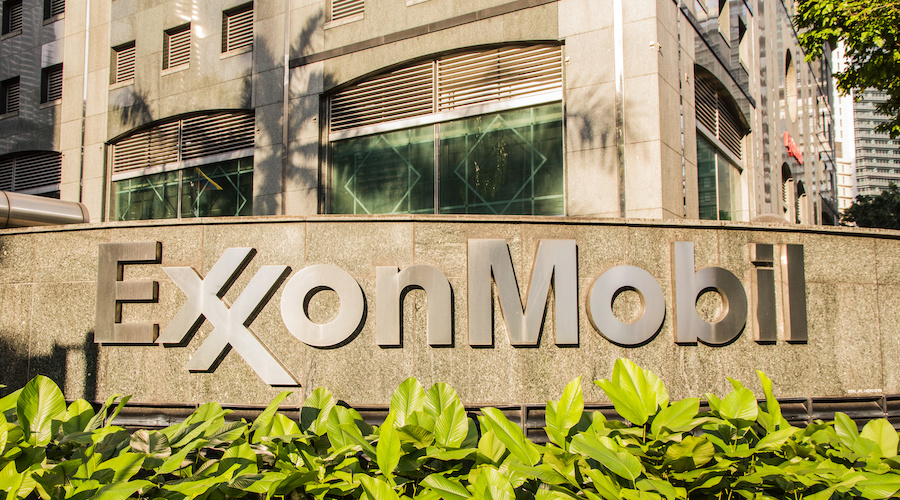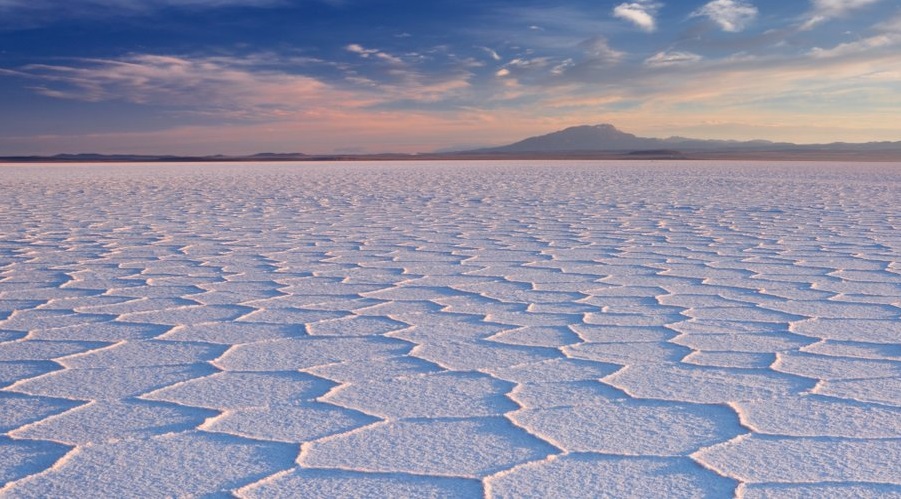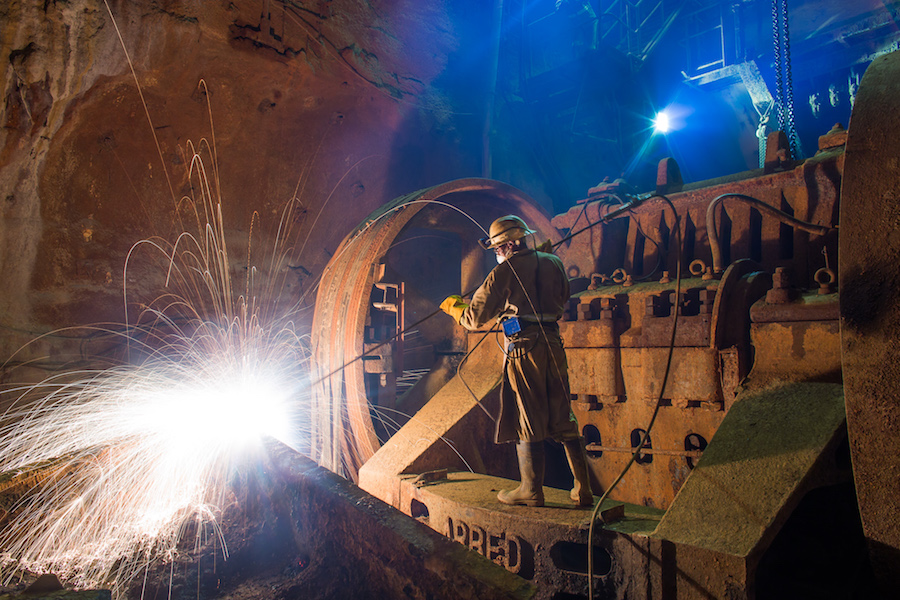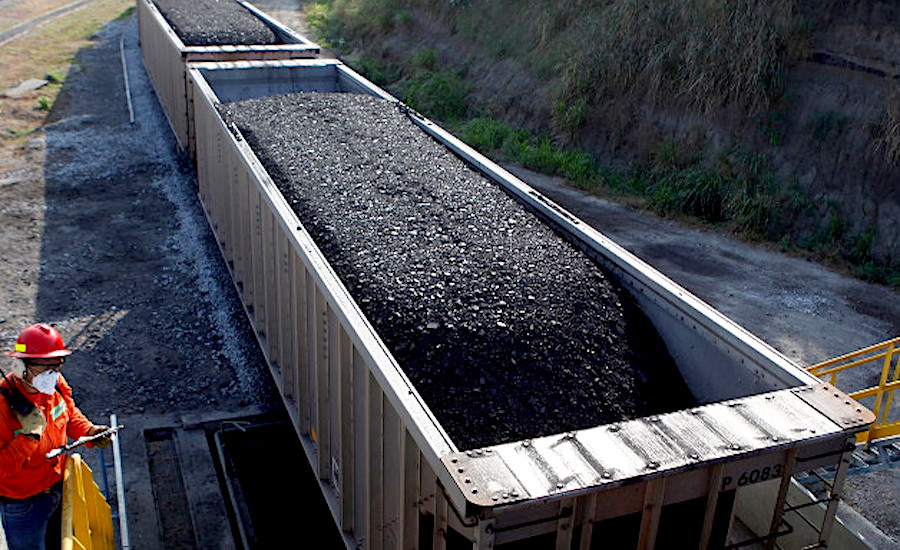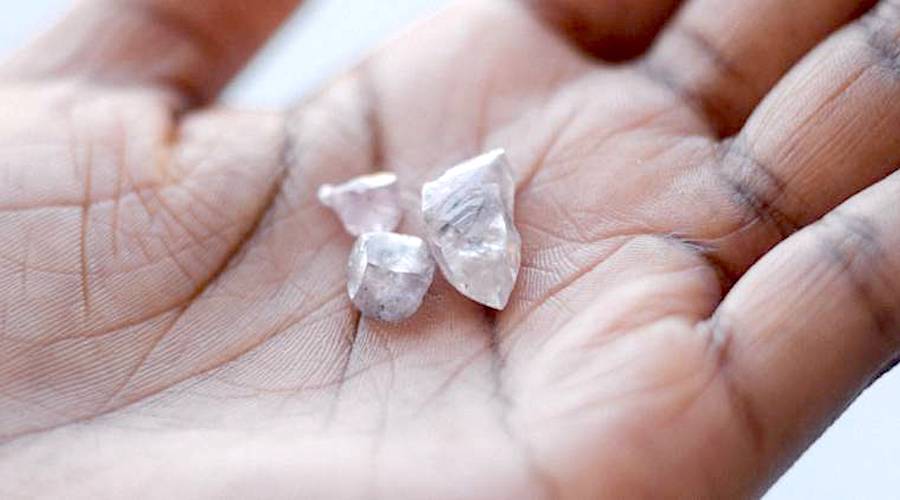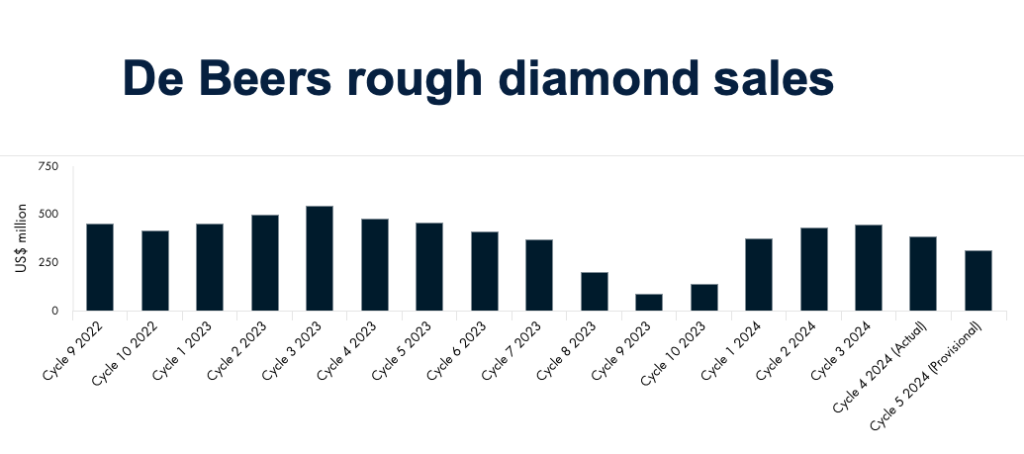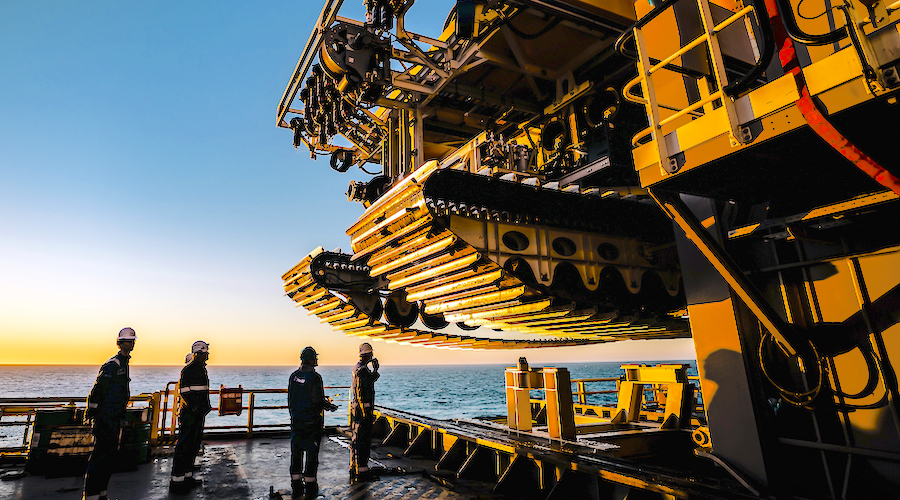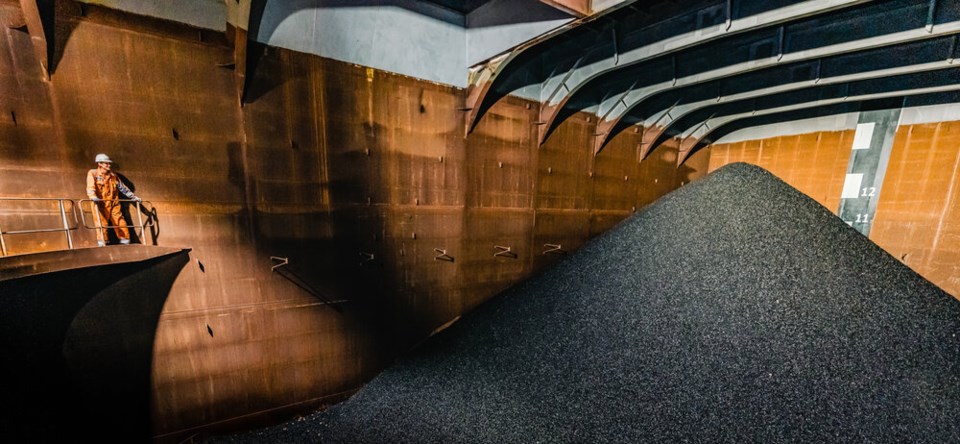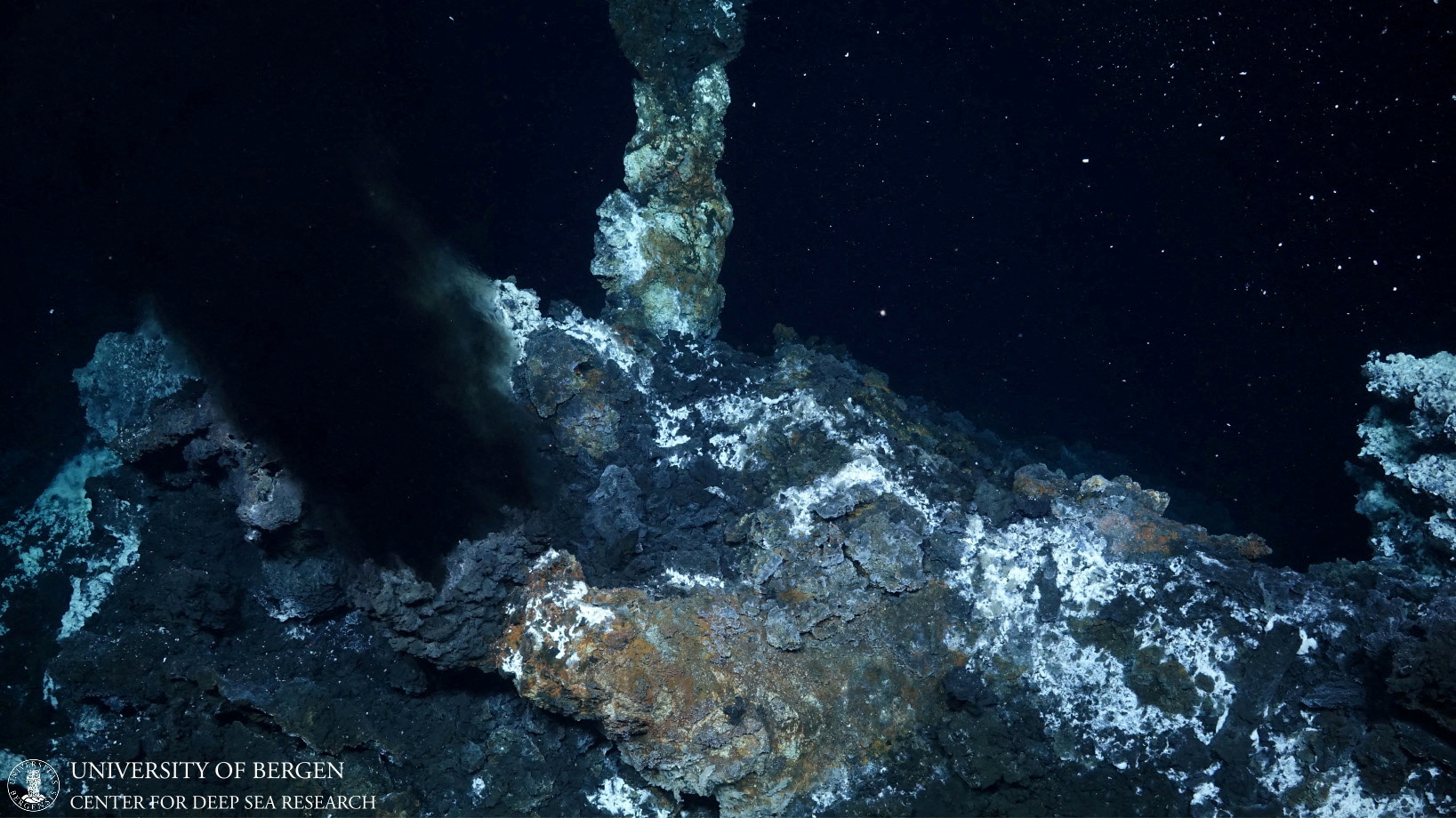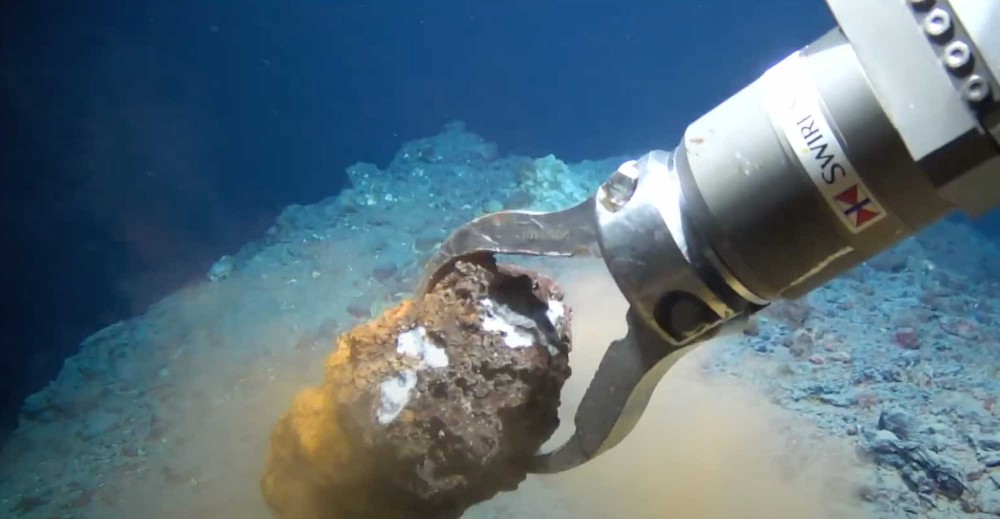New Candu design could boost Canadian GDP, report finds
26 June 2024
Construction of a four-unit Candu Monark plant would boost Canada's GDP by more than CAD90 billion (USD66 billion) and create thousands of jobs over the project's lifetime - and each unit built overseas would have a GDP impact of CAD4.8 billion. So says a new report from the Conference Board of Canada.
.jpg?ext=.jpg)
The independent report, which was commissioned by AtkinsRéalis, found that the manufacturing, engineering, and construction phase of four Candu Monark units would generate more than CAD40.9 billion of GDP impact for Canada, with CAD49.5 billion of GDP impact during the operation phase. It would generate the equivalent of more than 20,000 "full time, well-paying jobs" and more than 324,000 person-years of employment during manufacturing, engineering and construction and sustain 3,500 full-time equivalent jobs per year over a 70-plus year operating life. The report also found an additional CAD29.1 billion in additional tax revenue across municipal, provincial and federal governments over the life of the project.
AtkinsRéalis unveiled the Candu Monark, a Generation III+ reactor design, in November 2023. The natural uranium-fuelled reactor design builds on the design of currently operating Candu units and features a larger output of 1,000 MW, improved cost per megawatt-hour, a longer operating life of 70 years, and sustainable design principles to minimise environmental impact. The company says it is the easiest reactor design to build, operate and maintain in AtkinsRéalis's Candu nuclear portfolio.
The Candu supply chain underpins a Canadian nuclear ecosystem that already supports more than 76,000 stable and well-remunerated jobs across a wide variety of professional and skilled trades fields, the company said, and is "perfectly suited" to a new build of Monark reactors. The intellectual property for the design is 100% Canadian owned, and the domestic supply chain would benefit "strongly" from exporting the reactor, the report found.
"We have a world-class, made-in-Canada solution in Candu nuclear technology that will allow us to navigate the energy transition successfully and accrue many economic advantages for Canada," said AtkinsRéalis President, Nuclear, Joe St. Julian.
"As Ontario looks to ramp up capacity to meet the 18,000 MW of new nuclear power, large nuclear reactors like Candu reactors will be key to addressing the forecasted demand. Candu reactors will optimise the amount of energy provided from scarce grid-connected regions in Ontario, and if they are designed, built, supplied and serviced from within Canada, it is a win-win for all Canadians," AtkinsRéalis Executive Vice-President, Nuclear, Canada Gary Rose said.
All of Canada's currently operating nuclear power plants use Candu - taken from Canada Deuterium Uranium - technology. The pressurised heavy water reactor design was developed by federal Crown corporation Atomic Energy of Canada Ltd (AECL), in cooperation with Canadian industry, from the late 1950s onwards and the first commercial unit began operation in 1971. AtkinsRéalis is the original equipment manufacturer of Candu technology (SNC-Lavalin Group Inc rebranded to AtkinsRéalis in 2023).
The government of Ontario last year announced the start of pre-development work to build up to 4800 MWe of new nuclear capacity at Bruce Power's existing site, in what would be Canada's first large-scale nuclear build in more than 30 years, in addition to plans to deploy small modular reactors in Ontario, Saskatchewan, New Brunswick and Alberta.
In February, AtkinsRéalis launched the Canadians for CANDU campaign to promote the deployment of Candu nuclear technology at home and abroad in support of Canadian and global efforts to reach net-zero emissions.
OPG expands green financing to include new nuclear
26 June 2024
Ontario Power Generation's new Sustainable Finance Framework replaces its 2021 Green Bond Framework and will permit funding of a broader range of clean energy technologies. It now allows net proceeds from the bond to be used for new nuclear projects as well as to provide funding for existing nuclear facilities.
.jpg?ext=.jpg) OPG plans to build SMRs at the Darlington New Nuclear site (Image: OPG)
OPG plans to build SMRs at the Darlington New Nuclear site (Image: OPG)Green bonds are financial instruments that finance green projects and provide investors with regular or fixed income payments. The key difference between green bonds and regular bonds is that the money raised from investors is used exclusively to finance projects that have a positive environmental impact.
Ontario Power Generation (OPG) was the first Canadian utility to release green bonds in Canada and, together with its subsidies, has issued more than CAD3 billion (USD2.2 billion) of green bonds to date. In 2022, it updated its Green Bond Framework to allow net proceeds from green bonds to be used to finance maintenance and/or refurbishment of existing nuclear facilities, and issued a first-of-its-kind nuclear green bond offering for CAD300 million. The net proceeds from the issuance were allocated to the Darlington nuclear power plant refurbishment project.
OPG says the new Sustainable Finance Framework will permit funding of a broader range of clean energy technologies as well as initiatives to create opportunities for Indigenous communities and businesses. New nuclear projects, such as small modular reactors and large new nuclear, may now be financed from the net proceeds from OPG's sustainable bond issuance, as well as the maintenance or refurbishment of existing facilities.
The sustainable bonds may also be used to finance renewable energy projects like hydro refurbishment, solar, wind and hydrogen production; energy efficiency and management solutions such as energy storage and clean fuel storage; clean transportation initiatives such as zero-emissions vehicles; and developing climate adaptation and resilience capabilities for flood protection and extreme weather.
"As Canada's largest corporate green bond issuer, expanding our eligible use of proceeds from these bonds recognises growing demand for clean electricity and OPG's commitment to advancing economic Reconciliation with Indigenous Nations and communities," said OPG Chief Financial Officer and Corporate Services Officer Aida Cipolla. "Partnerships will be key to achieving economy-wide decarbonisation and lasting environmental benefits."
OPG recently completing early site works for the construction of the first of four BWRX-300 small modular reactors at its Darlington New Nuclear project, as well as being more than half-way through a CAD12.8 billion project to refurbish the four Candu units at its Darlington plant, which is scheduled to be completed by the end of 2026. It is also initiating a project to refurbish units 5-8 at its Pickering plant.
Paladin acquires Fission, creating multi-asset uranium company
24 June 2024
Australia-headquartered Paladin Energy Limited is to acquire Canadian uranium project developer Fission Uranium Corp in a transaction the companies say will create a "globally significant uranium company" listed on Australian and Canadian stock exchanges and will help advance Fission's Patterson Lake South project towards production.
.jpg?ext=.jpg) Langer Heinrich returned to commercial operation earlier this year (Image: Paladin)
Langer Heinrich returned to commercial operation earlier this year (Image: Paladin)
The combination will mean shareholders of both companies will benefit from an enhanced project development pipeline, with "multi-asset production" expected by 2029, and a diversified presence across leading uranium mining jurisdictions of Canada, Namibia and Australia, they said.
Paladin, which is listed on the Australian Securities Exchange (ASX), has a 75% ownership of the Langer Heinrich uranium mine in Namibia, which returned to commercial operation earlier this year for the first time since 2018. The company's portfolio of uranium exploration and development assets in Canada and Australia includes the Michelin project in Newfoundland and Labrador, which is at the preliminary economic assessment stage. Fission, listed on the Toronto Stock Exchange (TSX), is the 100% owner of the Patterson Lake South (PLS) high-grade uranium project in Saskatchewan, for which a feasibility study has highlighted the potential for a 10-year mine life with production of 9.1 million pounds U3O8 (3500 tU) per year.
Paladin will acquire 100% of the issued and outstanding shares of Fission by way of a court approved plan of arrangement under the Canada Business Corporation Act. On completion of the transaction, Fission shareholders will own 24.0% of Paladin, which will have a pro-forma market capitalisation of approximately USD3.5 billion, the companies said. Paladin has applied for listing of the Paladin Shares on the Toronto Stock Exchange, concurrent with completion of the transaction, so that Fission shareholders will receive TSX-listed Paladin shares.
Paladin CEO Ian Purdy said Fission is a "natural fit" for the company's portfolio. "The addition of PLS creates a leading Canadian development hub alongside Paladin's Michelin project, with exploration upside across all Canadian properties," he said. The transaction would also de-risk the development of PLS for Fission shareholders, underpinned by production from Langer Heinrich and Paladin's offtake contract book. "Paladin will bring the required investment to PLS in order to advance it towards production," he added.
Fission President and CEO Ross McElroy said the combination would create a world class diverse uranium producer, adding a class leading development project in a Tier 1 jurisdiction with the ability to expand production and cash flow profiles in the near term. "With commercial production at Langer Heinrich and further development milestones at PLS, this opportunity will create a diverse pureplay uranium company with current production and a deep pipeline of near and mid-term assets available to investors," he added.
The combination will create "one of the largest amongst pure-play uranium companies" with pro-forma U3O8 mineral resources of 544 million pounds U3O8 and ore reserves of 157 mllion pounds across conventional open-pit and high-grade underground orebodies, with multi-asset production expected "by the end of the decade," the companies said.
The transaction is targeted to close in the third quarter of this year, subject to satisfaction of conditions.
Researched and written by World Nuclear News
